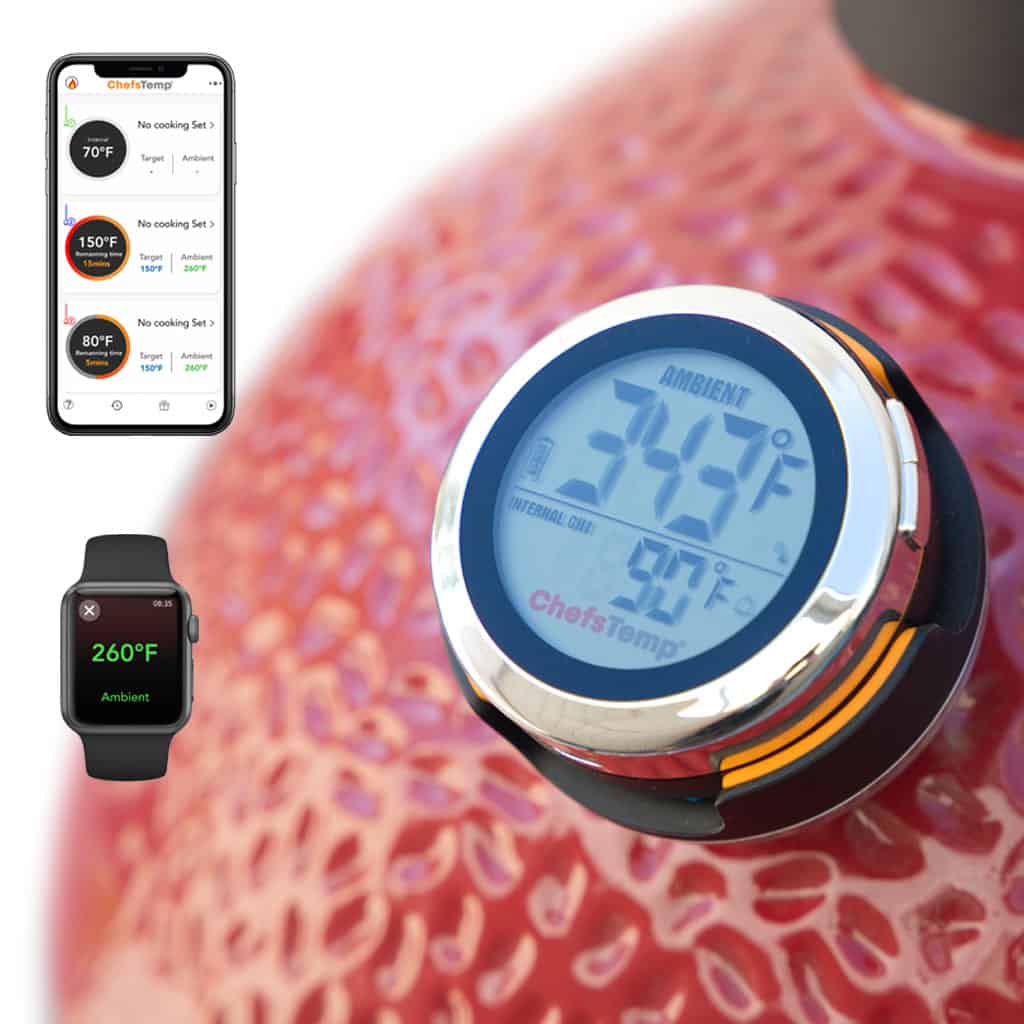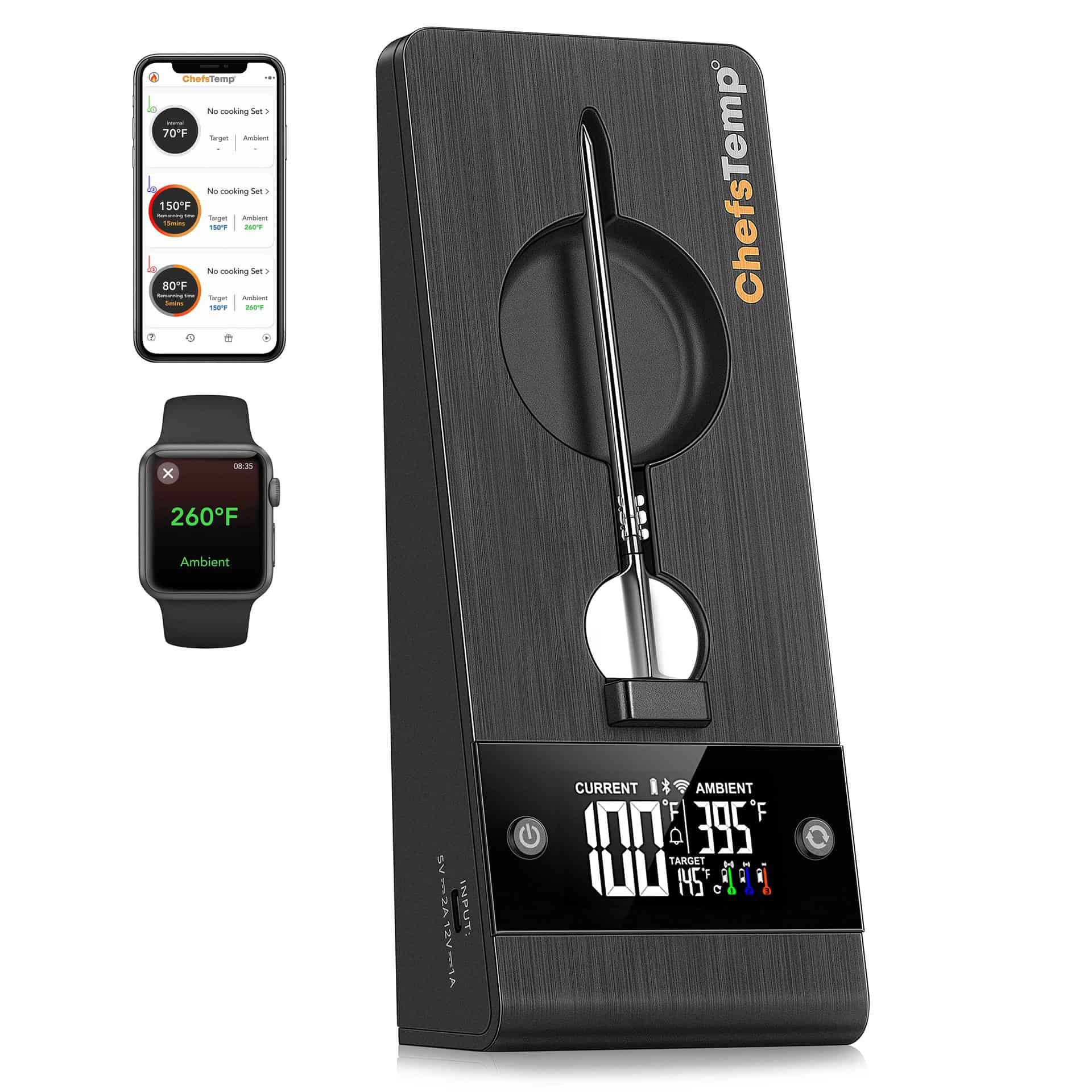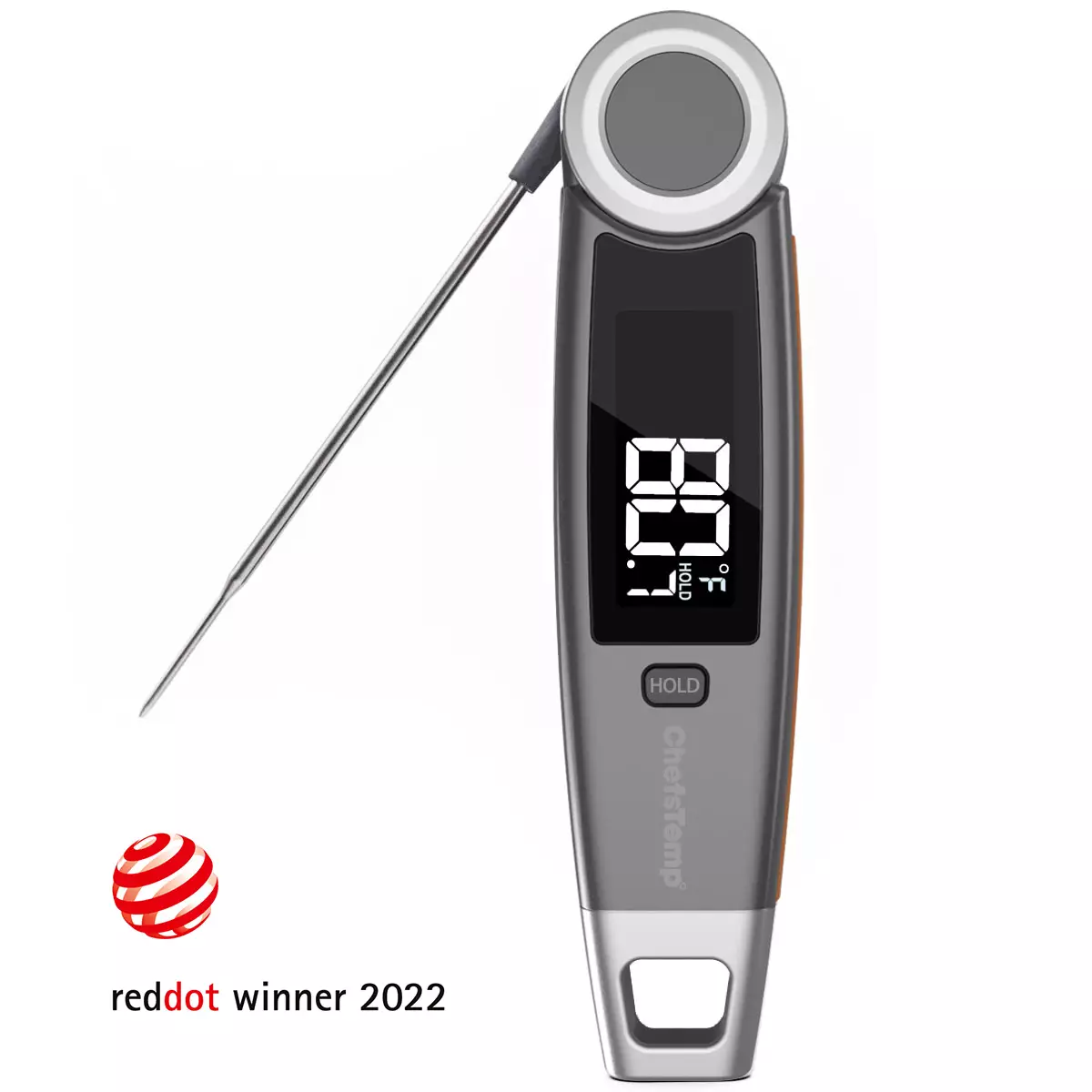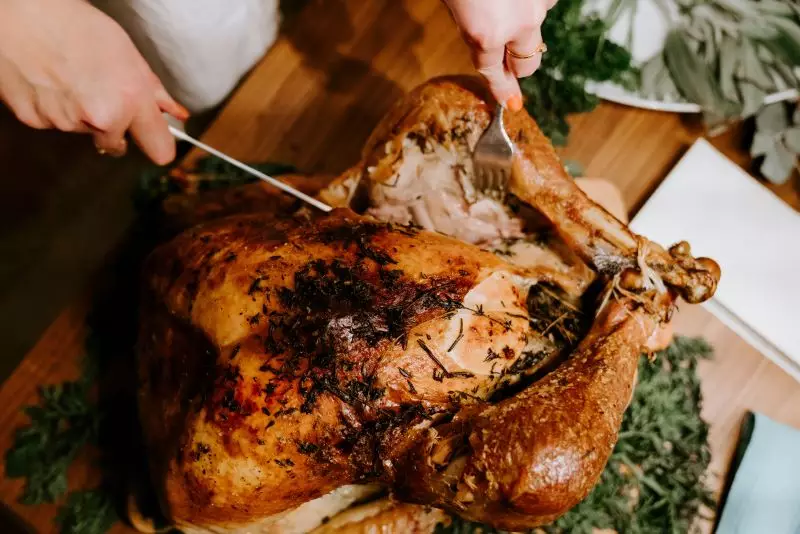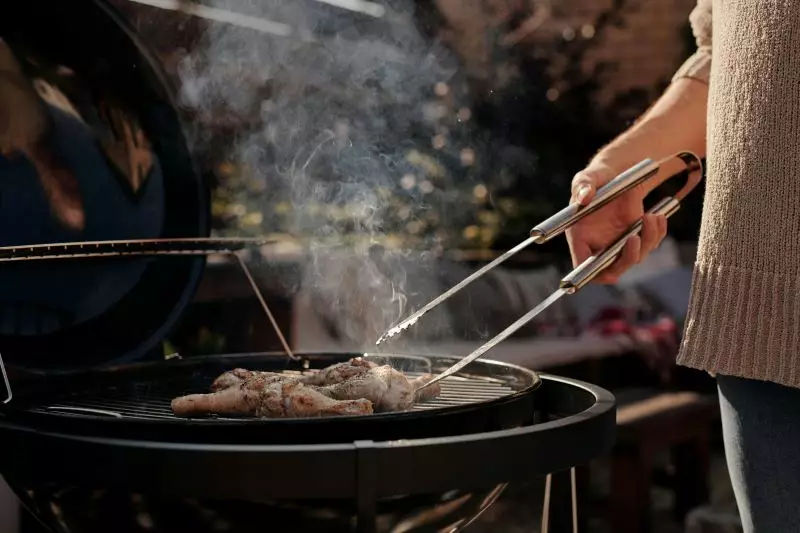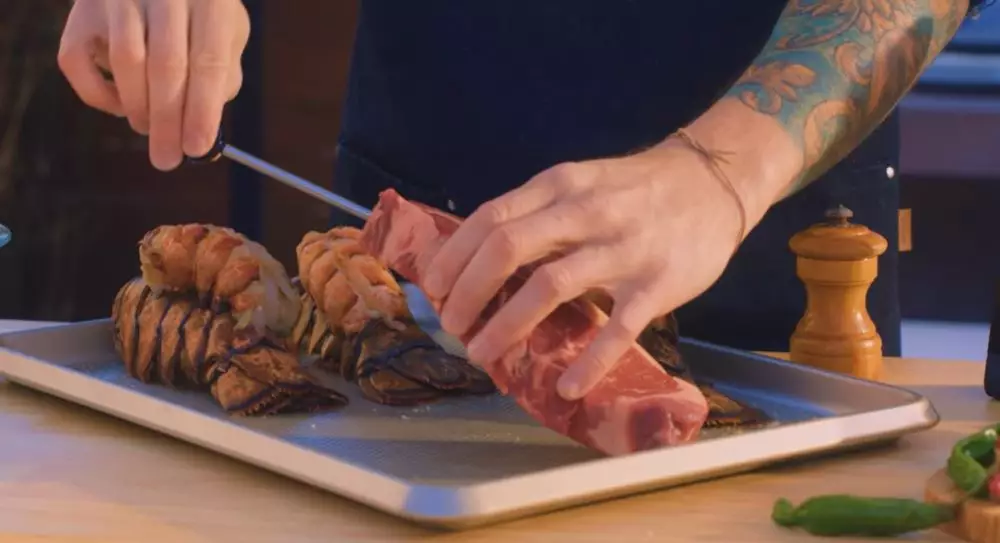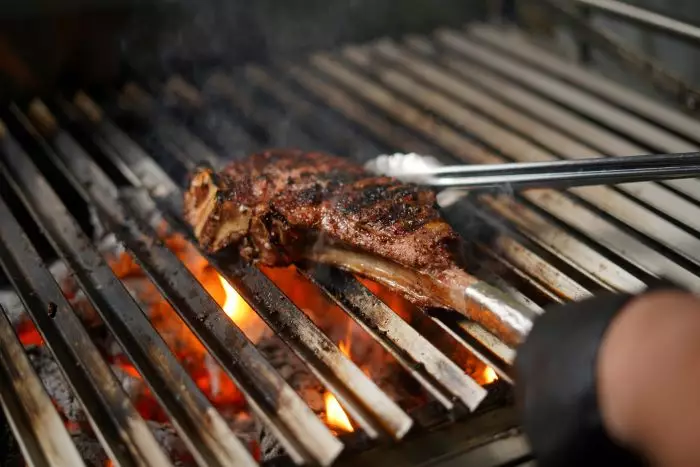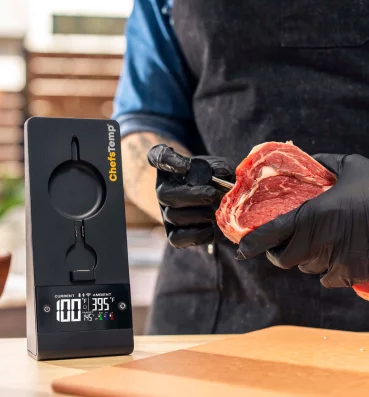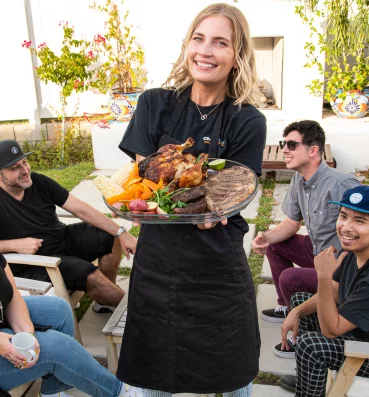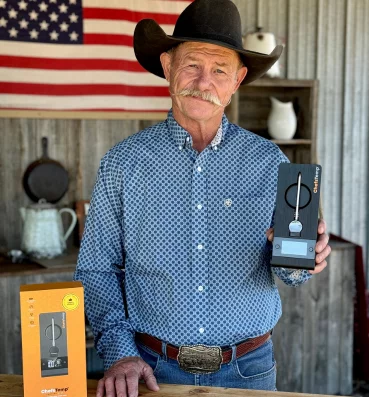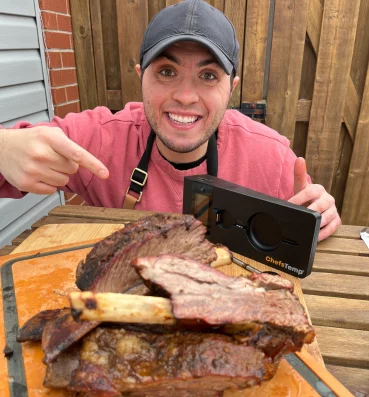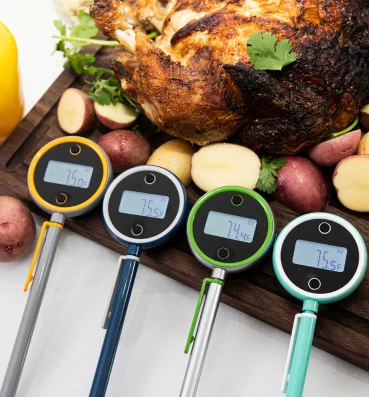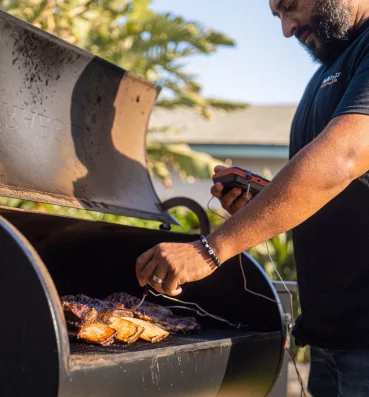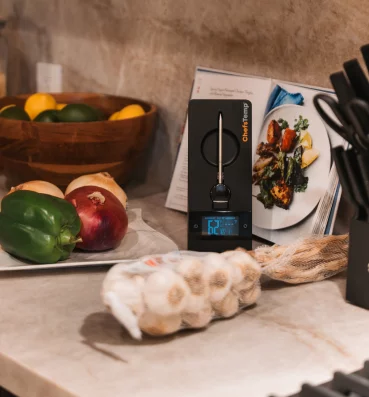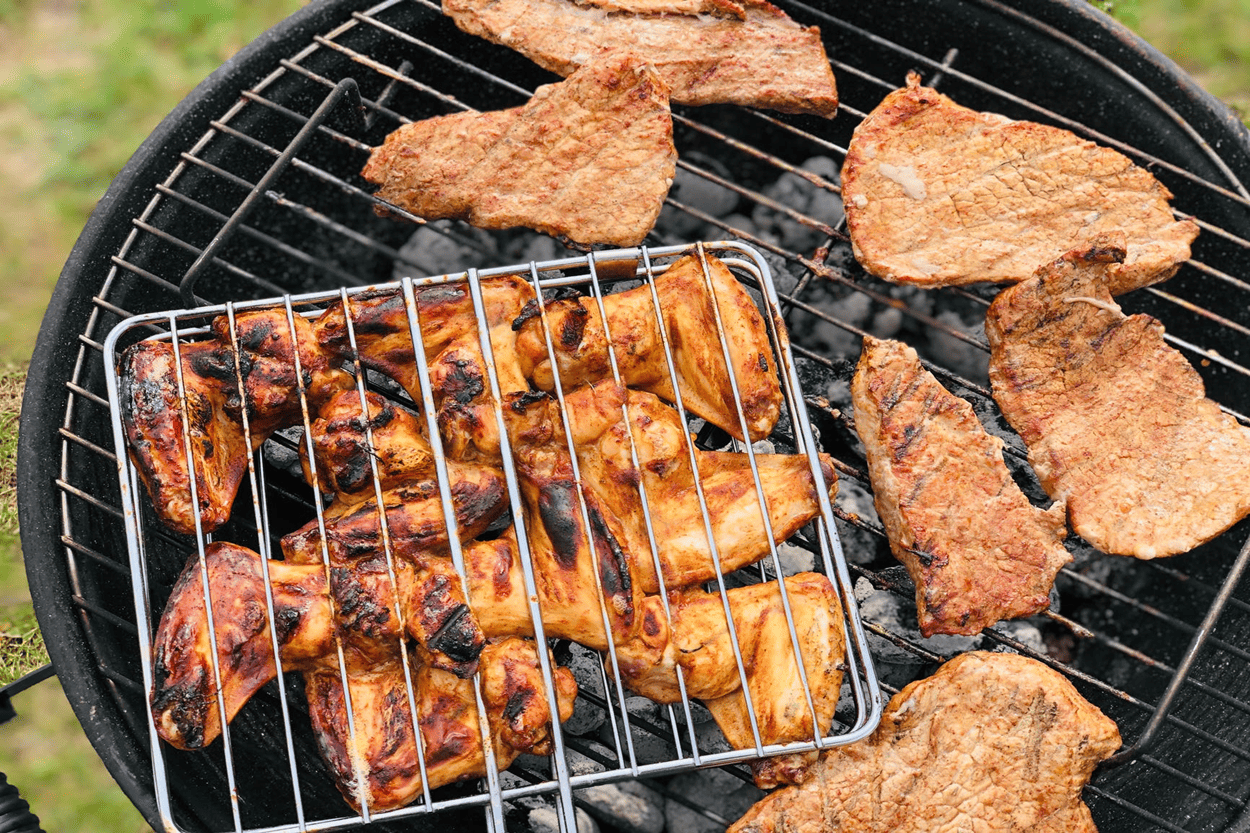
Care and Maintenance: Tips for Using Your Kitchen Thermometer Accurately
Kitchen thermometers take the uncertainty out of cooking and ensure that our food is correctly cooked. There are a variety of them on the market, ranging from simple dial models to flashy computerized thermoworks thermapen models that promise speedy results. An example is the liquid filled thermometer. This thermometer is meant to be placed into a food before it is baked. The colored liquid inside the thermometer expands and rises as the internal temperature of the meal rises, indicating the temperature on a scale. Because thermometers are such a crucial cooking component, here are some buying, utilizing, and maintaining suggestions.
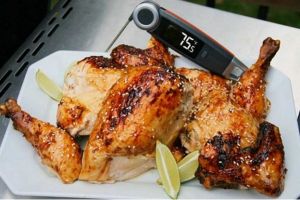
Table of Contents
Know the different types of a kitchen thermometer
A kitchen thermometer is all made for the same thing. Here are the major categories, so you can be aware of them and buy the one that makes the utmost sense for your requirements.
Oven-safe thermometers with a dial: This can be left in place while the dish cooks. In the thickest portion of the food, cut two to two and a half inches deep. Temperature readings take one to two minutes to complete. For roasts, casseroles, and soups, use this type of smoker thermometer. They aren’t suitable for light foods.
Instant-read thermometers: This should not be kept in the meal while cooking. Instead, use the Instant read thermometer to double-check food near the conclusion of the cooked chicken temp process. In the thickest area of the food, place the stem about two to two and a half inches deep.
Varied purpose thermometer: If you only need one sort of kitchen thermometer in your kitchen, this is the one to get. These thermometers are available in analog and digital versions. They can often read a wide range of temperatures, allowing you to use them for everything from meat to baked products to deep-frying. The probe on the digital food thermometer is pointed and inserted into the food center.
All-purpose thermometers: These have a wide range of temperatures that they can measure. Some, such as thermoworks thermapen, a very sensitive thermocouple, can be used for everything from frying to candy-making.
A more basic analog thermometer (such as the kind you’d find in the grocery store) is unlikely to work at the high-temperature danger zone required for candy making.
Thermometers for candy: These thermometers commonly clip onto the sides of pots and pans, you to keep an eye on the temperature while performing high-temperature operations such as deep-frying or boiling sugar. There are no probes included with these.
Meat thermometers: As people have been wondering how to use a meat thermometer, for a start, this thermometer is used to determine the doneness of meat and includes indications that correspond to different levels of doneness, such as rare, medium-rare, and well-done. An Instant read meat thermometer can be placed into a massive chunk of meat before cooking and stay there during the cooking process.
Appliance thermometers: Thermometers that monitor the oven, refrigerator, and freezer are available. Using these gauges can ensure that your appliance operates correctly and at the correct temperature. They’re handy for baking in the oven or checking the temperature in the refrigerator or freezer if the power goes out.
Thermometers should be tested and calibrated
The meat thermometer is only helpful if the readings are correct! If you’re unsure, place the best meat thermometers in icy water or hot water to see if it’s accurate. In cold water, it should be 32°F (0°C), while in boiling water, it should be 212°F (100°C) (let it sit in there at least 30 seconds to get an accurate reading). If your thermometer is out of calibration, consult the manufacturer’s instructions or replace it.
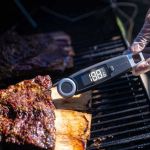
Learn how to utilize the best food thermometer correctly
It can be challenging to figure out the optimum place to take your temperature. Stick the meat into the thickest section of the widest part, but make sure it doesn’t touch any bones. Take the steak temperature chart where the thigh meets the rest of the body for the whole fowl, such as chickens and turkeys, because that part is thick and takes the longest to cook. Stick the probe in sideways for thin pieces of meat like hamburgers.
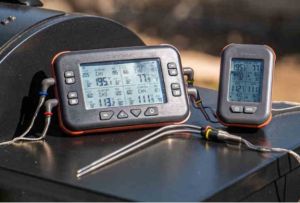
You must know where to place the probe and provide enough time for the grill thermometer to take an accurate reading. Unfortunately, “instant-read” is a misnomer; check the thermometer’s label to see how long it takes to acquire a precise reading, as it usually takes 20 to 30 seconds of steady holding to achieve the appropriate temperature.
Make sure your thermometers are in good working order
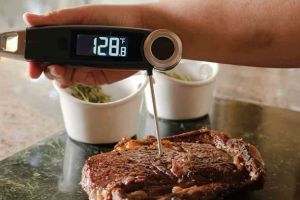
Nobody enjoys using a filthy, corroded kitchen thermometer. Food thermometer probes should be washed in hot, soapy water after each use, and the rest of the thermometer should be wiped down to prevent grease buildup. To remove any caramel or sugary residue from candy thermometers, clip them onto a pot of boiling water.
Sanitize the probe by dipping it in hot water or using a food-safe sanitizing solution if you’ve used it for meat. To save battery life, remember to turn off the digital remote thermometer and make sure everything is dry to avoid corrosion.
Conclusion
You can’t determine if a food is safe to eat by looking at it, smelling it, or tasting it. The only approach to make sure that the meal is prepared to the appropriate inner temp and that dangerous bacteria are eliminated is to utilize a meal electronic meat thermometer.
More than simply meat and poultry require the use of chicken internal temp. All prepared foods must reach a safe minimum internal temperature to avoid food poisoning. After the meal has been cooked, the kitchen thermometer must guarantee that the temperature does not fall into the danger zone.
Discover Other ChefsTemp Products
Discover more recipes and learn kitchen tricks by joining our cooking family on Facebook.
You may also like:
